Estimated reading time 9 minutes, 38 seconds.
After a fire devastated the heart of the First Nations Technical Institute’s (FNTI’s) aviation campus last February, the program has received overwhelming support from industry partners to enable flight training to continue.
The Second World War-era hangar used by FNTI at Mohawk Airfield, Tyendinaga Mohawk Territory, Ontario, was completely destroyed by fire in February 2022. The blaze also claimed the Indigenous aviation program’s entire fleet of 13 aircraft (five of which were new), as well as its approved maintenance organization (AMO) office and equipment. There were no injuries from the incident, but the structural damage was reportedly tens of millions of dollars.
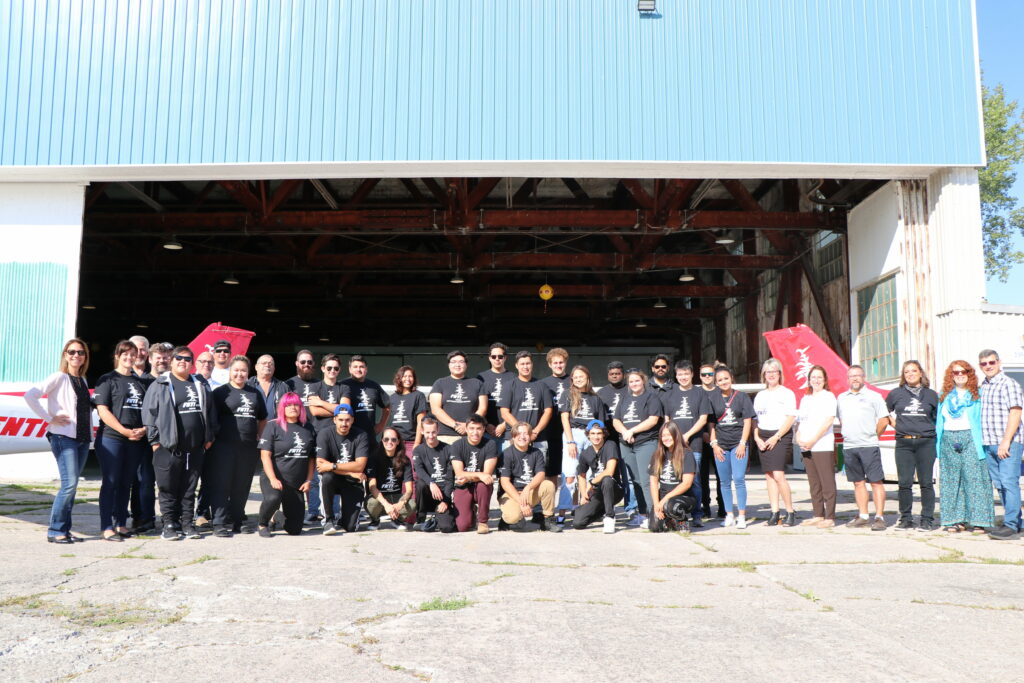
FNTI offers the only post-secondary Indigenous aviation program of its kind in Canada, and in less than 20 minutes, crucial parts of that program were gone. FNTI was forced to put its aviation program on a temporary pause, and began an almost immediate search for recovery options to ensure minimal interruption for the dozens of students who were affected. Making matters more complex was the fact that the school was expecting to welcome more students in May, and another cohort in September.
A plan was quickly put in place to move flight training forward, which was made possible by the support FNTI received from industry.
Students who were nearing graduation were swiftly relocated to Cornwall and Kingston, Ontario, to finish their flight training.
In May, Seneca’s School of Aviation in Peterborough, Ontario, announced it would lease two of its 17 Cessna 172s to FNTI, and that the program was able to lease a third aircraft from a private operator. At that time, the three planes were utilized to train 18 students at FNTI’s campus.
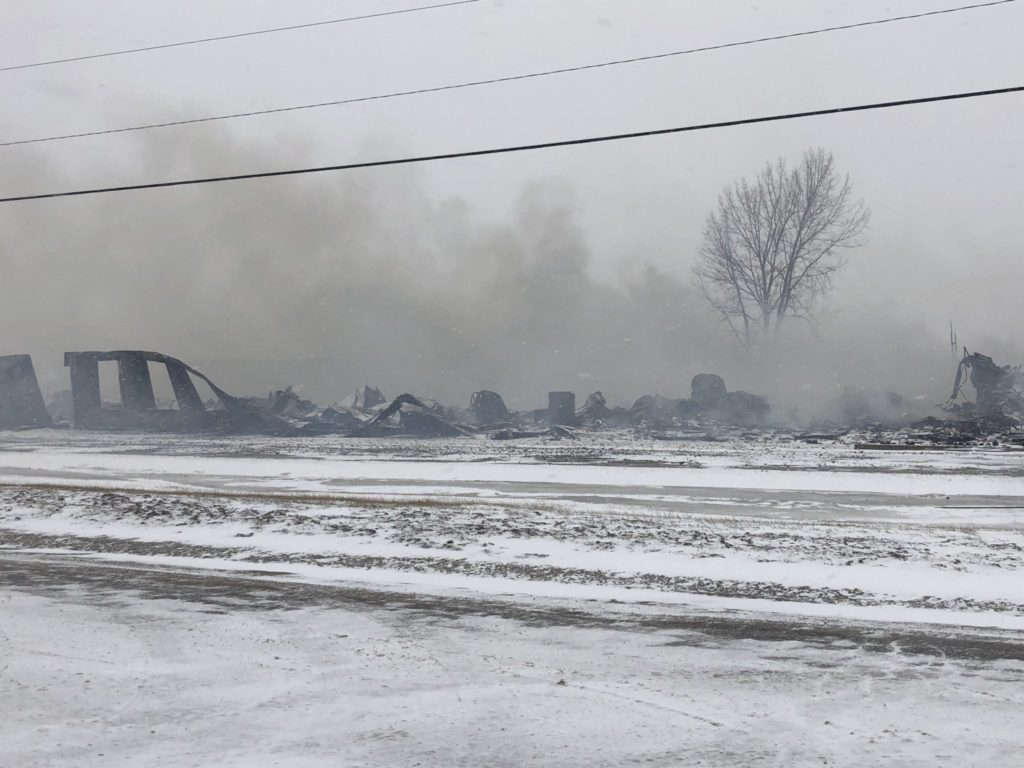
Several Canadian airlines — including WestJet — stepped up to provide support for the students who were unable to return to campus, giving those students the opportunity to carry out their flight training near their home communities during the summer.
Then, in September, helicopter manufacturer Bell Textron Canada announced a C$500,000 contribution to FNTI to “support uninterrupted flight training to ensure student success across FNTI’s three-year advanced diploma program,” the company said in a press release.
“With this financial support, Bell is investing in the economic and social livelihood of Indigenous communities, addressing Canada’s critical pilot shortage and increasing Indigenous representation in the aerospace sector,” the helicopter manufacturer added.
With three aircraft on lease, and colder weather approaching, the next step was to build a temporary facility to house and protect the planes.
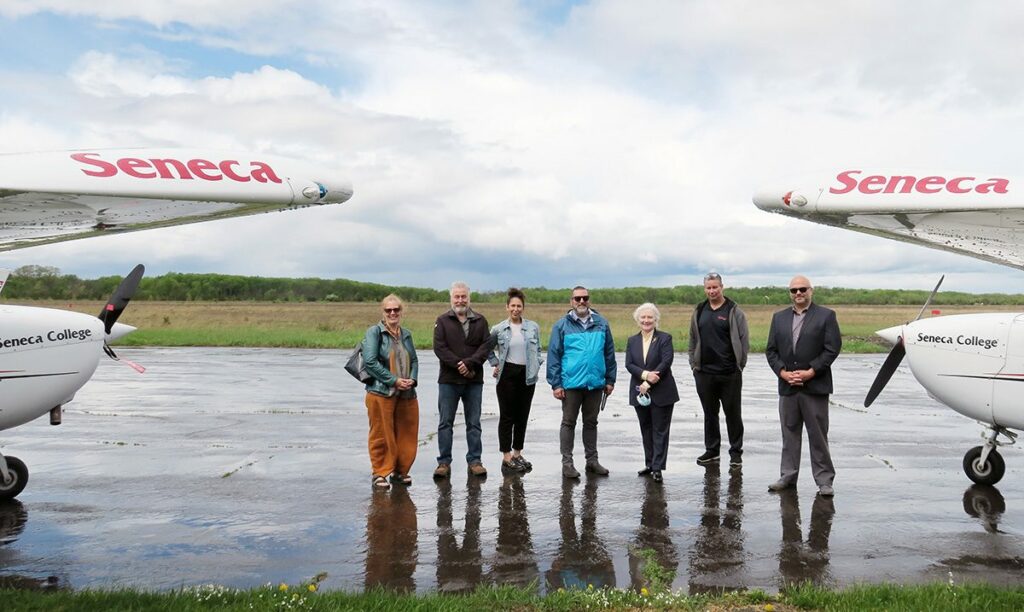
That’s where KF Aerospace stepped in. KF — which specializes in aircraft maintenance, military aircrew training, and passenger and cargo flight operations — announced on Jan. 9, 2023, that it has donated a temporary hangar structure to FNTI.
KF confirmed the temporary hangar project with FNTI last September.
“KF staff and contractors worked closely with FNTI to identify key facility requirements and complete the installation [at Mohawk Aerodome] in time to protect its fleet from harsh winter conditions,” the company said in a press release.
Tracy Medve, KF’s president and CEO, added: “FNTI does incredible work to support Indigenous representation in the aerospace sector while also addressing Canada’s critical pilot shortage. We were honored to share our expertise and deliver a timely solution to keep their students flying.”
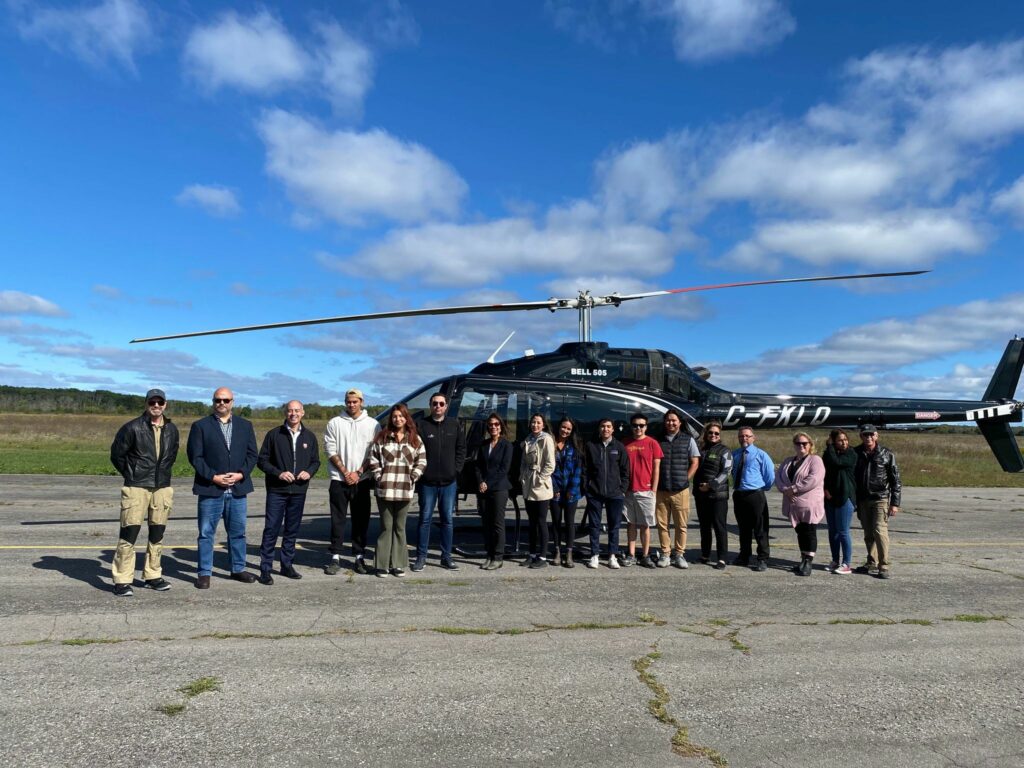
Jo-Anne Tabobandung, dean of aviation and chief flight instructor at FNTI, said the temporary hangar will allow the school to increase its training flights during the day.
“We are operating with a limited fleet size — three aircraft compared to 13 — so that in itself has its own challenges,” said Tabobandung. “Now we don’t have to be restricted so much by losing the first lift of the day by having to decontaminate all the aircraft before we start flying them.”
She added that the temporary hangar allows the school to “properly plan moving forward,” as several students have fallen behind on their training due to the fire, as well as the backlog created by the Covid-19 pandemic.
As FNTI looks forward, its president, Suzanne Brant, revealed proposed plans for the future of the school, which would involve the consolidation of FNTI’s two campuses and include a brand-new hangar, rehabilitated runway and taxiway, transformed student accommodations, and an academic and administration building. The campus already has a flight simulator building and an Indigenous Learning Centre, which were mildly impacted by the heat from the fire.
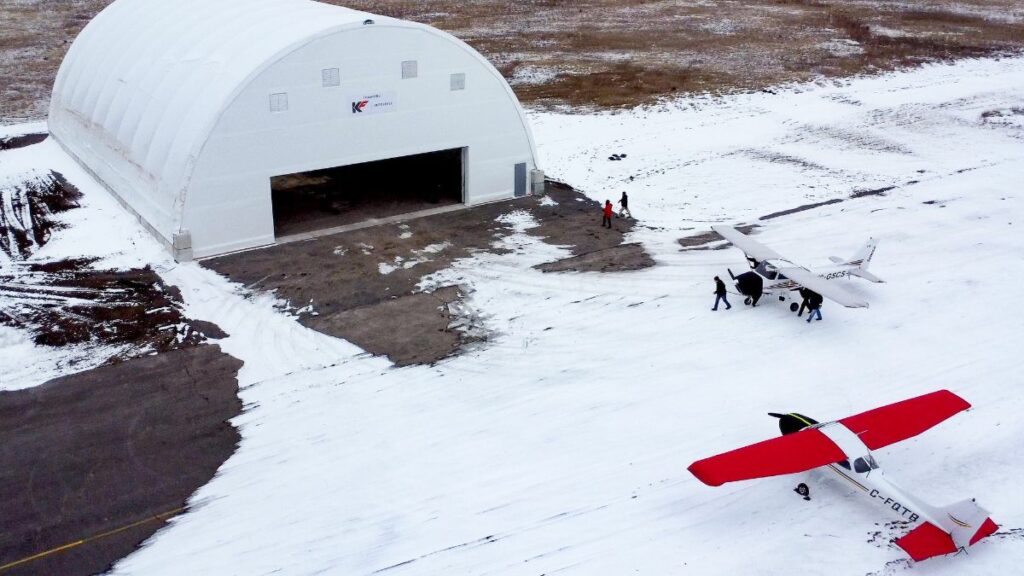
The proposal for the new FNTI could double, or even triple, enrolment for the numerous Indigenous-focused programs offered by the school within a decade, according to a July 2022 report from the Kingstonist.
“The loss of our hangar, AMO, dispatch, and planes in February [2022] was devastating for FNTI and our aviation students,” said Brant. “We are fortunate to have resilient staff who pivoted to provide students with training options, ensuring minimal program interruption. The aviation industry stepped up and offered much-needed contributions toward maintaining uninterrupted pilot training, and providing temporary solutions until our hangar could be rebuilt.”








